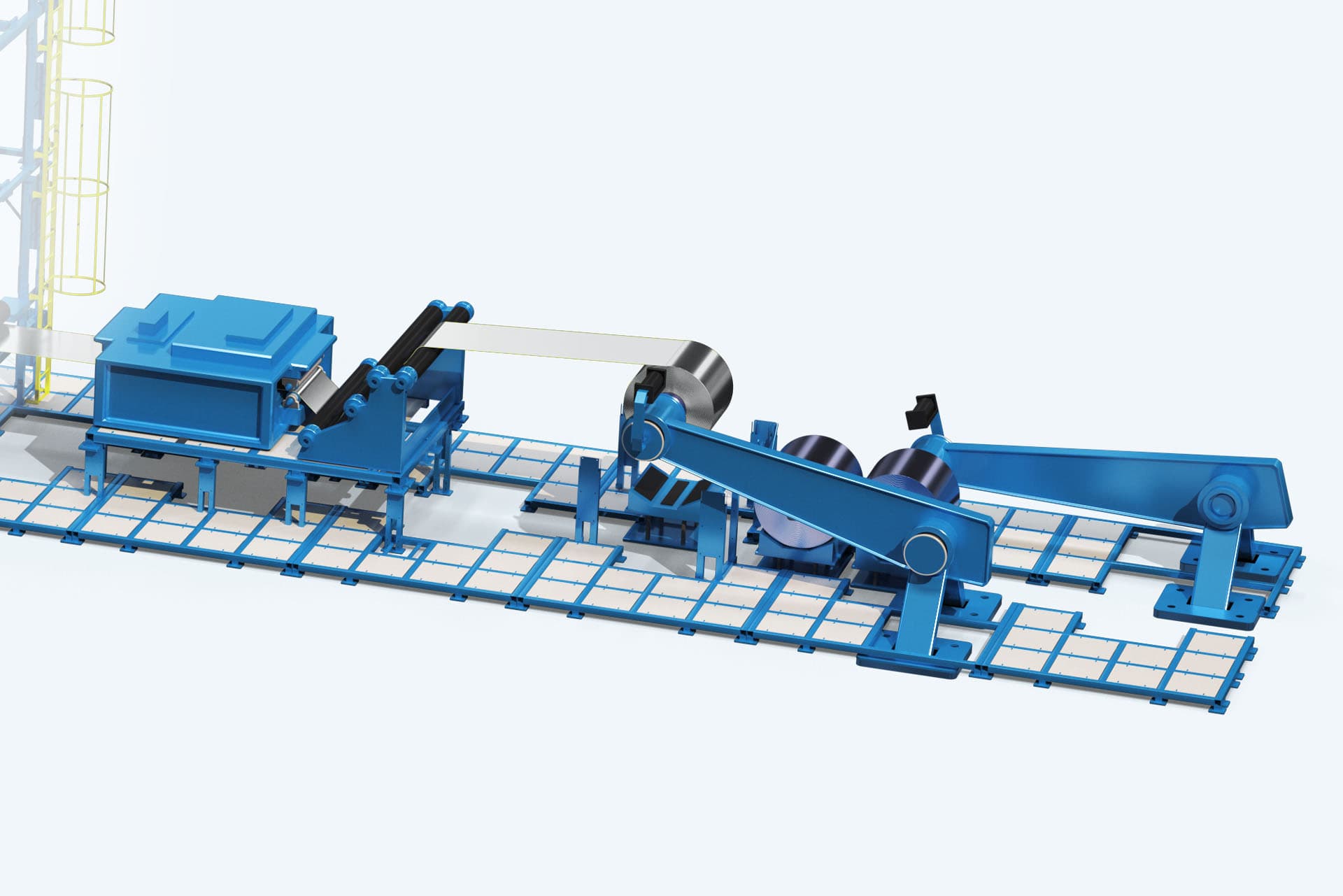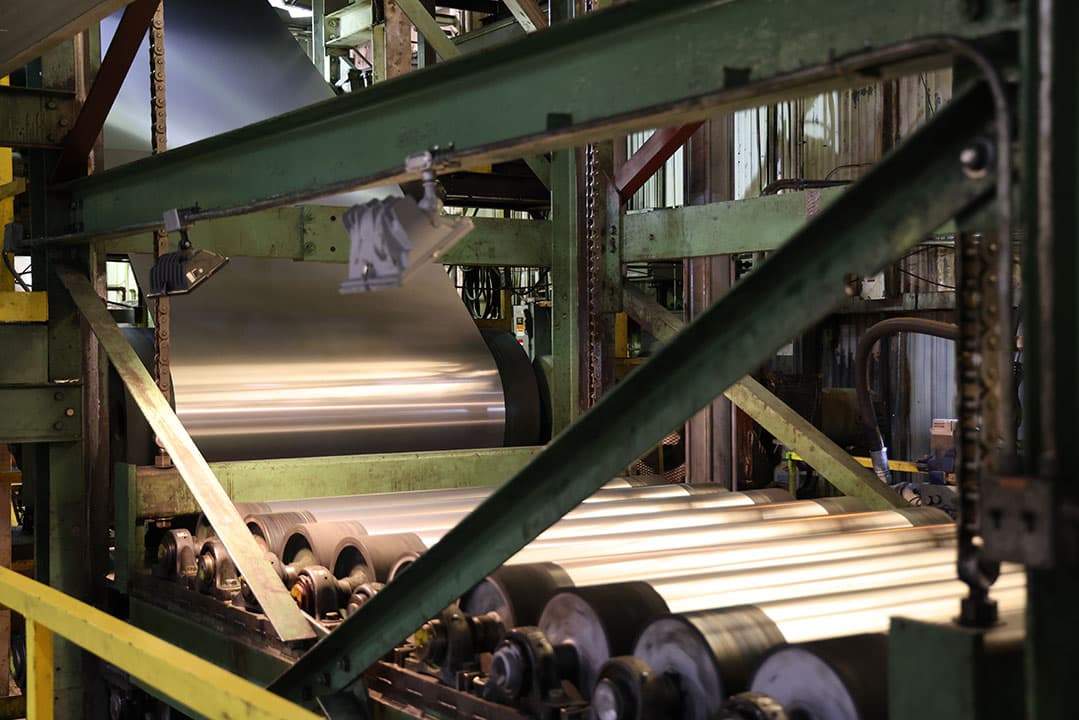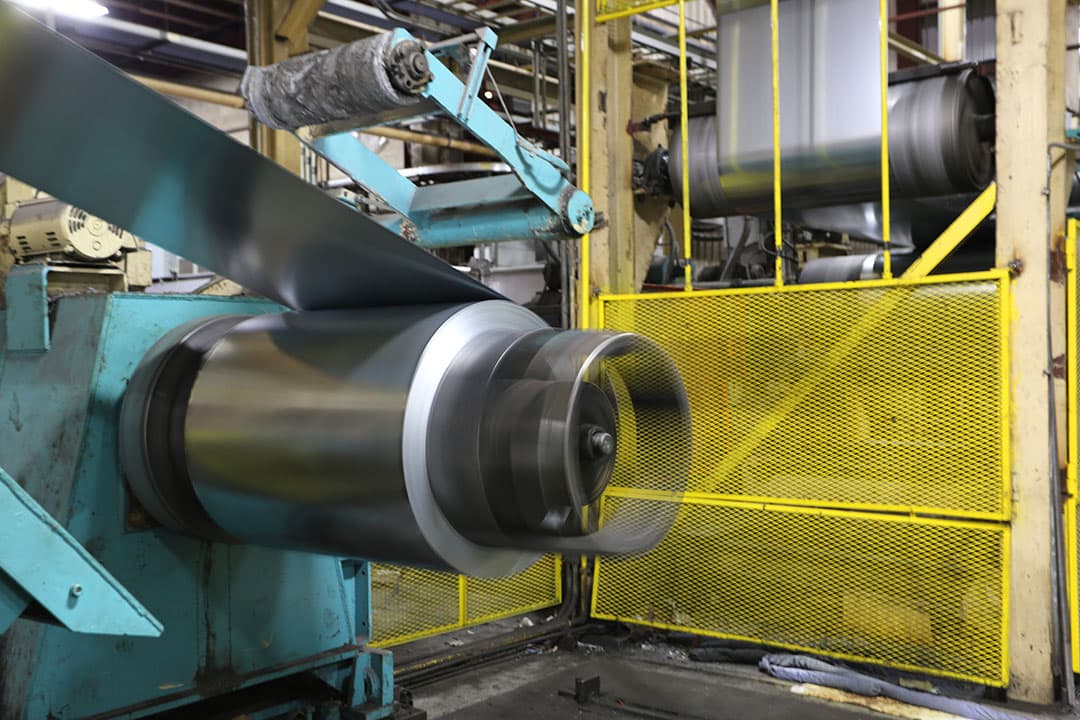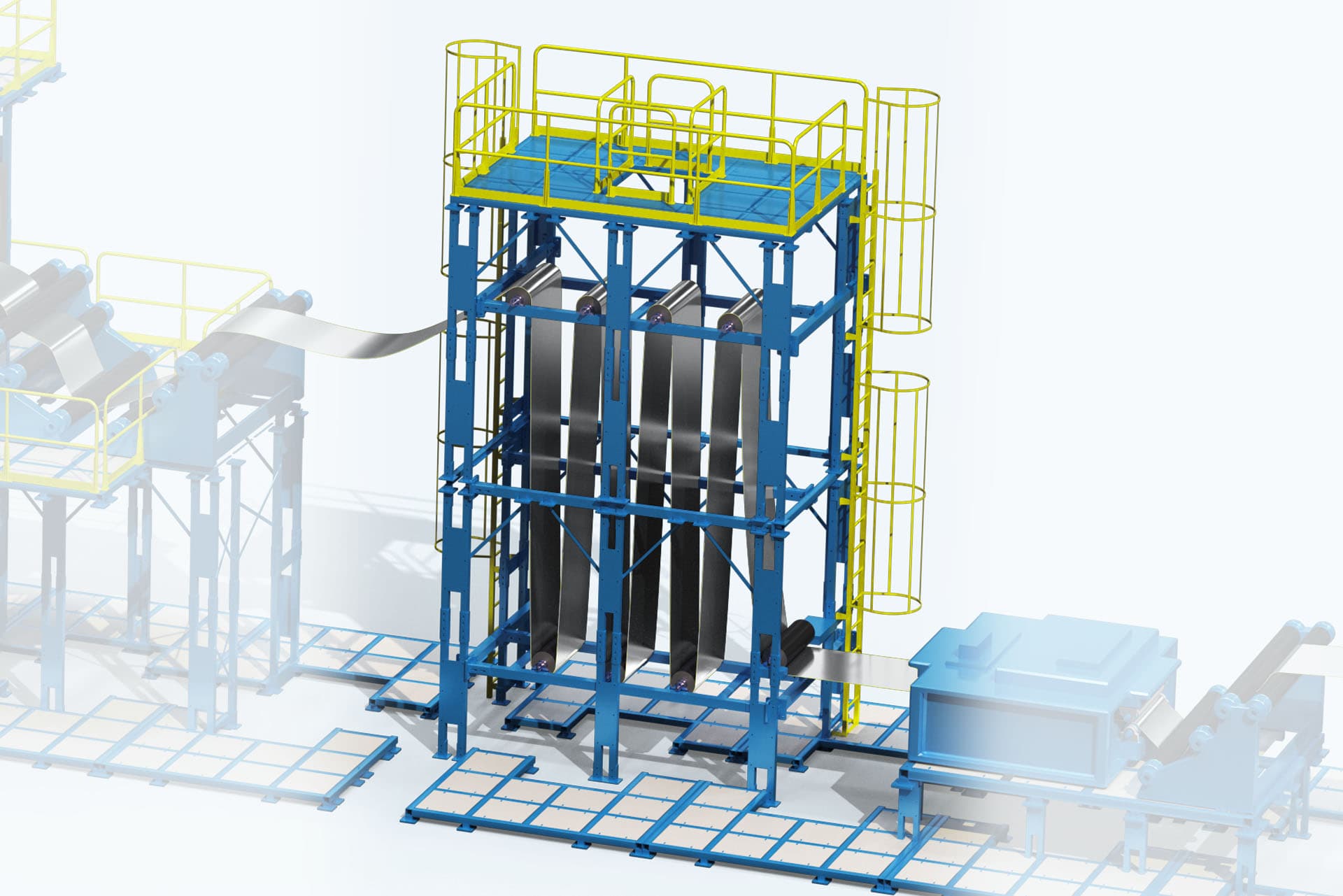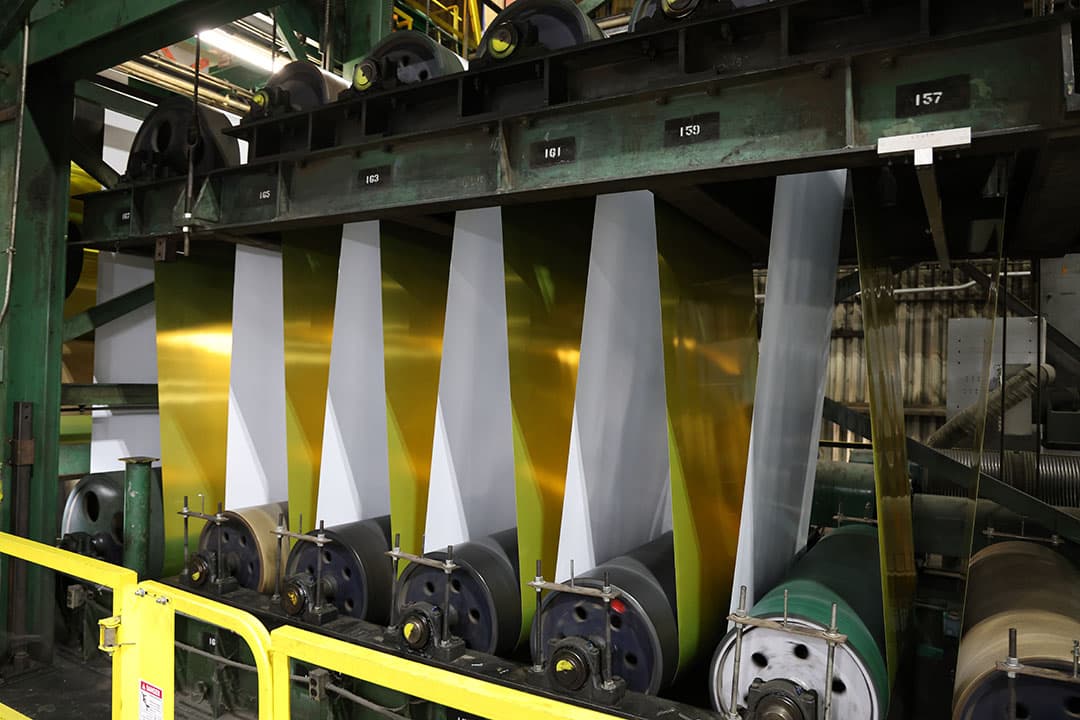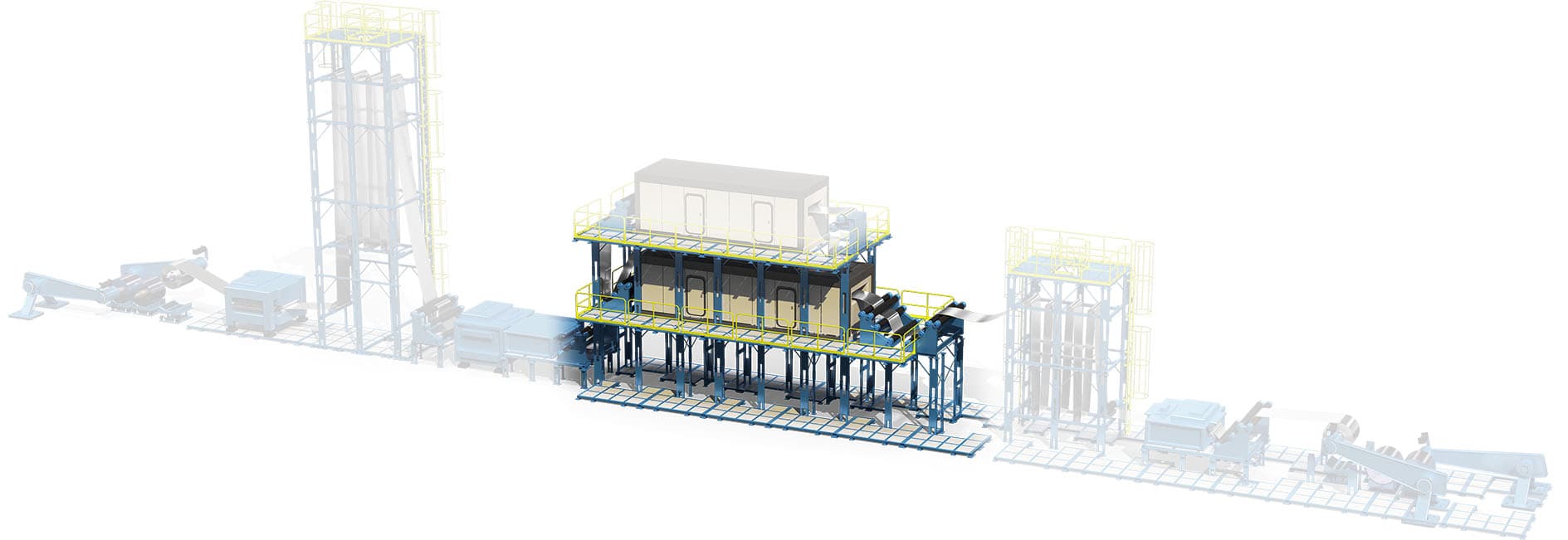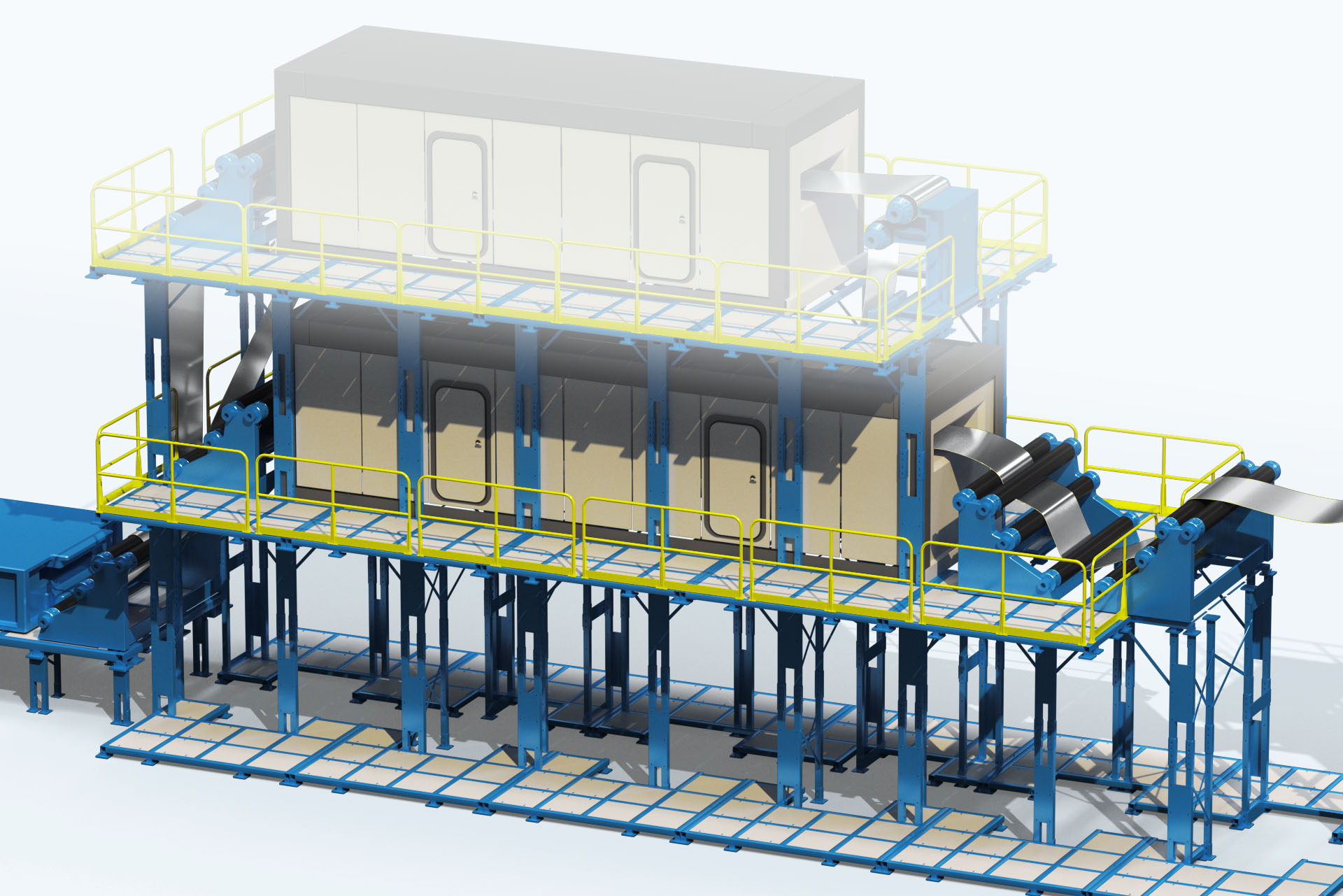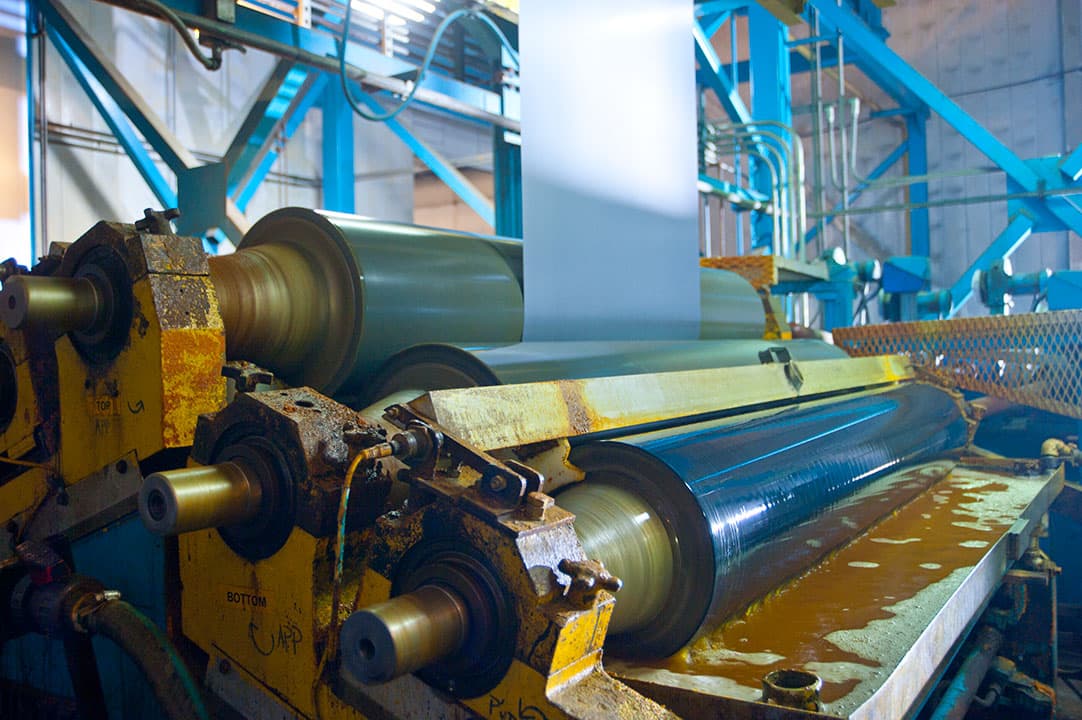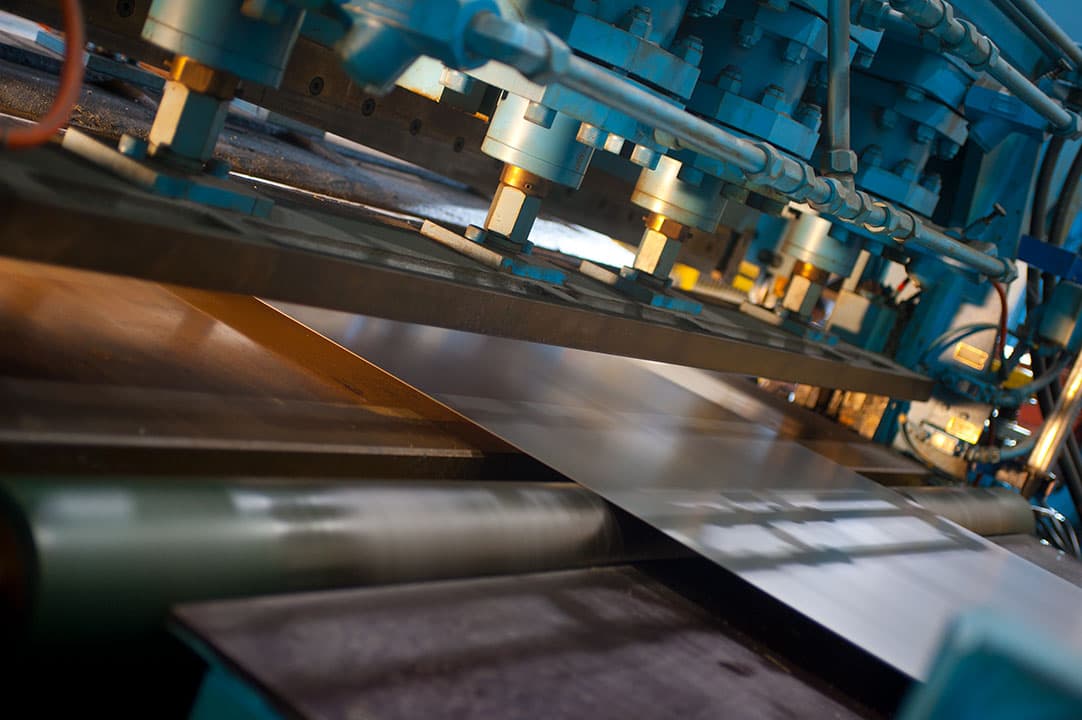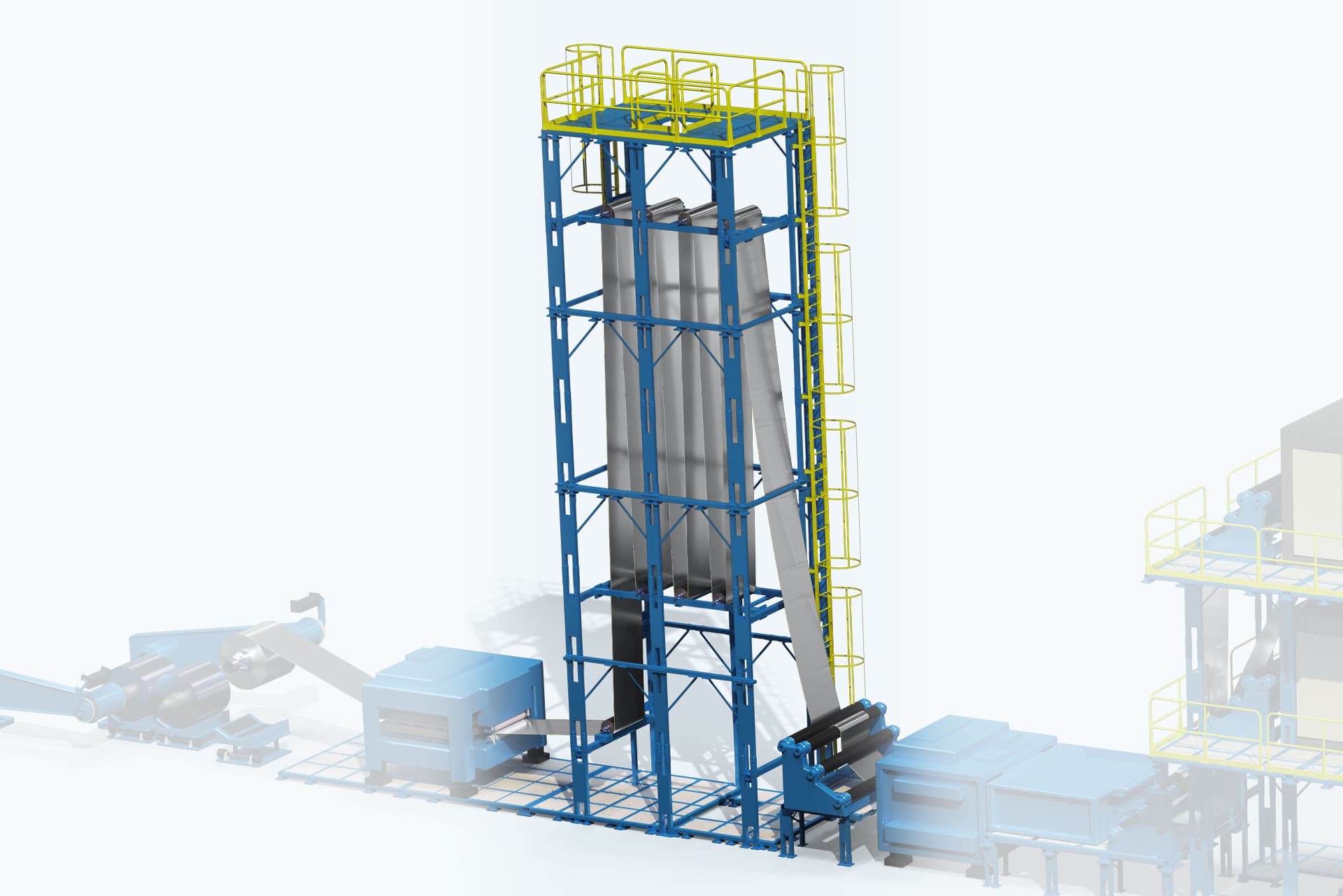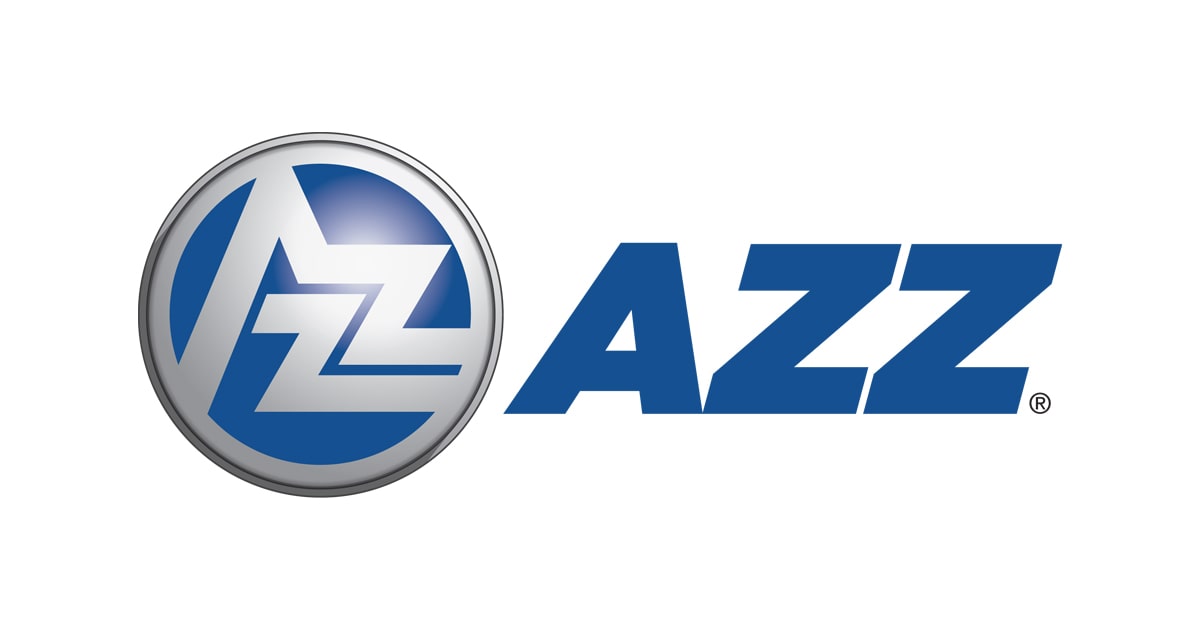In 1836, a French scientist by the name of Sorel took out numerous patents on a process originally developed in 1742 by another French scientist named Melouin. This process was one in which cleaned steel was dipped into molten zinc. Because Sorel understood the electrochemical nature of corrosion and why zinc protected the steel, he named the process “galvanization,” after the Italian scientist Luigi Galvani, who had done early experiments in electricity.
Sorel’s understanding also built on the work of Sir Humphrey Davey, who, in 1824, showed that when two different metals were electrically connected and immersed in water, one metal was protected while the other corroded more quickly. Thus was born galvanization, a process whereby zinc is sacrificed to protect steel in steel products.
AZZ recently installed a new kettle for galvanizing steel at their facility. Jamie Atkins, Plant Manager at AZZ Galvanizing Services in Minneapolis, MN, spoke recently about the new kettle, the history of galvanization, and the implications of this new equipment for the customers.
Atkins points out that, although galvanization is hardly a new technology, as a procedure dated back a couple hundred years, the installation of this new kettle is a huge step in efficiencies and capacity for this plant. Its comparatively simple elemental process creates a highly reliable and corrosive-resistant material.
He further explains that the zinc has to be above 820 degrees F to be effectively galvanized, but it doesn’t need to be above 845 degrees because you don’t gain anything by being hotter. Atkins also points out that “You have to get your steel completely clean: no scale, no rust, no paint, nothing on the surface that’s a barrier to the bare steel” for galvanization to be most successful.
When you dip the clean steel into the hot zinc, the metallurgical reaction bonding the zinc and steel creates four layers of the coating. At the bottom layer reside a mix of zinc and iron. As layers extend outward from the steel, there is increasingly more zinc with decreasing iron, so that the outer layer is a completely zinc surface.
“In the 50s, when they started galvanizing here at AZZ, the process was not really that much different. The process still had acid that cleaned the steel. You still had a hot bath of zinc you dipped it in. Then you pulled it out, you cleaned it, and you shipped it back to your customer,” according to Atkins. Now, however, the technology has changed, creating a better product through a much more efficient process. “
AZZ, Inc. is a global provider of galvanizing, welding solutions, specialty electrical equipment, and highly engineered services. We support the power generation, transmission, distribution, and industrial markets through protection of metal and electrical systems used to build and enhance the world’s infrastructure. The new kettle is a another step forward in efficiencies and capacity for this plant.
To learn more about what AZZ Inc. can do for your business, visit us online at AZZ.comtoday!





